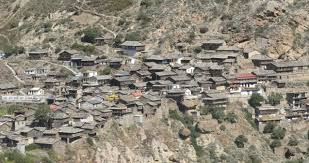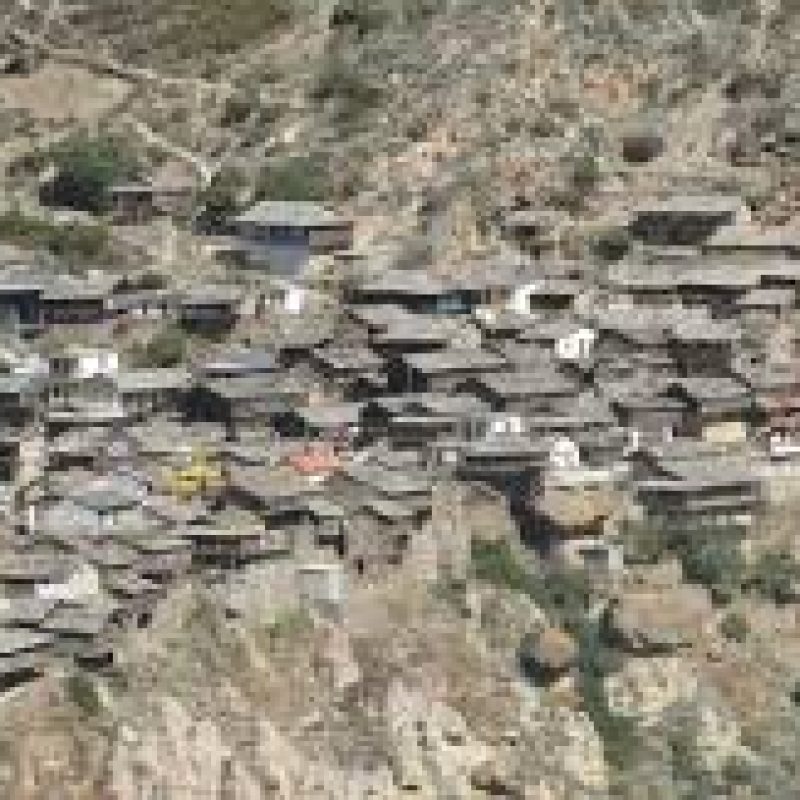Introduction The Himalayas, one of the most breathtaking and culturally rich regions in the world, are not only famous for their towering peaks but also for the diverse tribes that call this vast mountain range home. These indigenous communities, living in harmony with nature, carry ancient traditions and practices that have been passed down through generations. From the lush valleys of Nepal to the remote corners of India, Bhutan, and Tibet, the tribes of the Himalayas offer a unique glimpse into a way of life that remains largely untouched by modern influences.
The Gurung Tribe
The Gurung people are one of the most prominent ethnic groups in Nepal, particularly known for their warrior culture and their significant role in the Gurkha regiments. Traditionally, they are farmers, cultivating rice, maize, and barley in the terraced fields of the Himalayan foothills. The Gurung are also famous for their festivals, especially Lhosar, a New Year celebration that features music, dance, and feasting.
Culture: Gurung villages are often built in the heart of the mountains, with wooden houses and stone pathways. Their vibrant clothing, typically worn during festivals, includes brightly colored shawls and hats.
Tourism Impact: The Gurung tribe is heavily involved in Nepal’s tourism industry, with many members working as trekking guides and porters, especially in the Annapurna region.
The Sherpa Tribe The Sherpas are perhaps the most well-known Himalayan tribe globally, primarily due to their connection with Mount Everest. They are famous for their mountaineering skills and have been instrumental in helping climbers reach the summit of the world’s highest peak. Sherpas originally come from the eastern regions of Nepal, near Tibet, and their genetic adaptation to the high-altitude environment allows them to thrive at elevations that would be challenging for others.
- Culture: Sherpas follow a Tibetan Buddhist tradition, with monasteries and prayer flags dotting their villages. Their religious practices and festivals, such as Lhosar and the Chhewar (initiation ceremony), are deeply rooted in their community life.
- Tourism Impact: Sherpas play a central role in the trekking industry, particularly in regions like the Khumbu Valley. Their skills are essential to the success of expeditions to Everest and other peaks.
The Ladakhi Tribe Ladakh, often referred to as “Little Tibet,” is home to a unique and resilient tribal culture. The people of Ladakh, known as Ladakhis, follow Tibetan Buddhism and live in the high-altitude desert region of northern India. This region, surrounded by the mighty Karakoram and Zanskar ranges, is known for its monasteries, intricate religious festivals, and stunning landscapes.
- Culture: Ladakhi culture is a fusion of Tibetan and Indian influences, with traditional homes made of stone, flat-roofed and painted with symbols. The Ladakhi people wear colorful garments and are known for their hospitality.
- Tourism Impact: In recent decades, Ladakh has become a sought-after destination for trekkers, adventure seekers, and cultural enthusiasts. However, tourism has had a mixed impact, and there are efforts to preserve the region’s unique environment and traditions.
The Bhutia Tribe The Bhutias, an ethnic group native to Sikkim and parts of Nepal and Bhutan, have a rich cultural heritage influenced by Tibetan Buddhism. Known for their traditional agricultural practices, the Bhutias are also skilled artisans, weaving intricate textiles and making traditional crafts.
- Culture: The Bhutia people live in small villages and follow Buddhist customs. Festivals like Losar (Tibetan New Year) are celebrated with elaborate prayers, dances, and feasts. The colorful attire, including woolen shawls and caps, is distinctive.
- Tourism Impact: Bhutias are involved in various aspects of tourism, from guiding trekkers to running homestays in the region, helping visitors experience the local culture and natural beauty.
The Monpa Tribe The Monpa tribe primarily resides in the northeastern Himalayan region of India, in Arunachal Pradesh. They are known for their agriculture, with crops like rice, millet, and maize being staples of their diet.
- Culture: Monpas are heavily influenced by Tibetan Buddhism, with monasteries and religious festivals playing an important role in their daily life. They are also known for their craftsmanship, especially in producing woolen textiles.
- Tourism Impact: The Monpa people are involved in sustainable tourism activities, offering visitors a chance to explore the untouched beauty of Arunachal Pradesh and learn about their unique culture.

